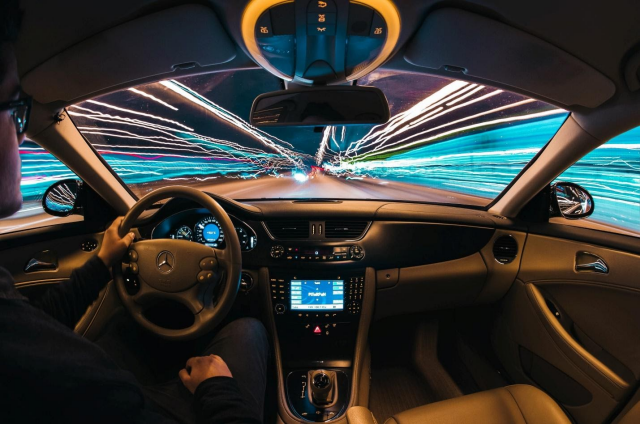There’s no denying that the car is one of the most significant inventions of all time. We only have to look at the impact it has had on society. These days they’re something we all take for granted, but cars gave us better access to jobs and services and prompted the development of better roads. The demand for auto parts and fuel also generated new economy sectors.
Most people drive their cars every day, either commuting to work, carpooling their children or running errands. And we all know that there are some risks involved.
Thankfully, manufacturers are always looking for new ways to make their vehicles safer, so here are three safety technologies that may save your life one day.
Phone Safety Features
Contents [show]
Distracted driving is one of the major causes of car accidents, and cell phones are a key contributor. Ideally, people should simply not use their phones while they drive and keep their eyes on the road.
But we don’t live in an ideal world, and people will occasionally use their phones either because they need them for navigation, there’s an emergency, and they need to stay on the line, or they simply underestimate the risk of an accident and auto accident injury.
That’s why car and phone companies are collaborating to develop solutions that will make our roads safer for everyone. One example is voice-activated technology, so drivers don’t have to look at their phones, and they can keep their eyes on the road.
Safety Sensors
More than 90% of the vehicles on the market today are equipped with Advanced Driver Assistance Systems or ADAS, which consist of a series of sensors like lane change sensors, collision control and tire pressure sensors.
The goal of all these different types of sensors is to monitor a vehicle’s surroundings, predict a potential accident and warn the driver so they can react quickly and avoid it. They also warn the driver if the vehicle has any technical issues that need to be remedied.
Modern automobiles are being outfitted with cutting-edge cameras that provide a 360-degree picture to assist drivers in parking their vehicles and navigating through blind junctions. They reduce the risk of accidents by detecting obscured objects that the driver might miss because of the angle.
Please keep in mind that while these safety sensors are there to assist you, this does not imply that you no longer need to pay attention while operating a motor vehicle. The inherent risks of driving are reduced but not eliminated.
Emergency Communications
Drivers can contact emergency operators quickly and efficiently, as well as obtain roadside assistance and other services via an emergency communications system. Emergency responders are notified of a collision via an automatic crash notification (ACN), which also offers location information.
In the event of sudden deceleration or the deployment of an airbag, the system will instantly connect to an emergency call operator, who will then try to speak with the passengers.
It can also gather basic vehicle information and send it to emergency operators without the need for passenger input which is a critical feature in circumstances where the driver is unconscious, and they’re in an area where there are fewer witnesses who can call 911. The sooner they get medical attention, the better their chances are of surviving the accident without permanent impairment.


